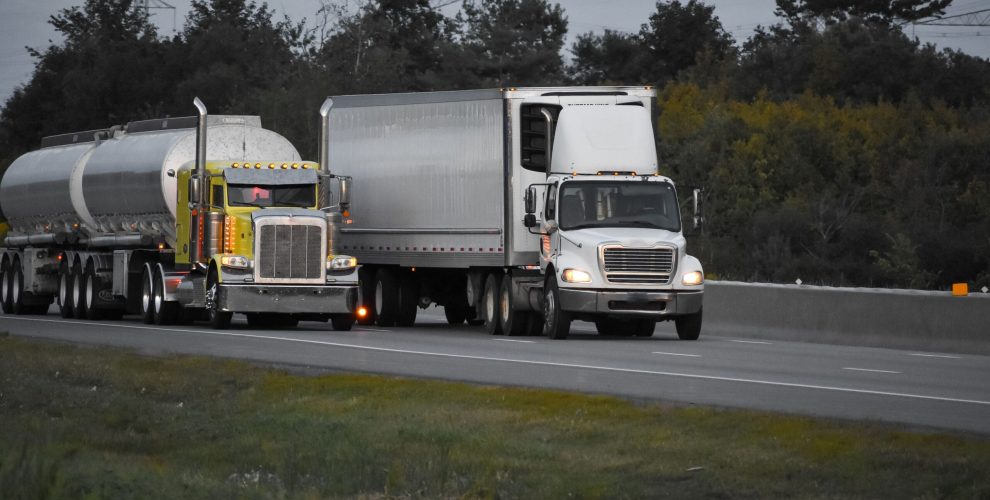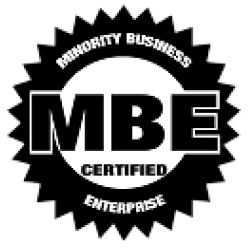Understanding Random Testing Pools
A “random testing pool” is a chosen group of people that are selected without any specific pattern, bias, or predetermined criteria.
Random testing pools are crucial in DOT drug testing programs as they help maintain fairness and impartiality when monitoring substance abuse compliance. These programs specifically target transportation employees in safety-sensitive positions. DOT employers can ensure the reliability of their testing programs by using random selection methods like computer algorithms or number generators.
This process is essential because it prevents employees from anticipating when they might be tested, thus deterring attempts to manipulate or evade the testing process. Random testing pools ensure safety in transportation and also encourage a drug-free work environment for employees in safety-sensitive positions. This benefits both workers and the public.
Types of Drug Tests: Making the Right Choice
Selecting the most suitable type of drug test is a decision, contingent upon your specific testing needs. The purpose and context of the drug screening largely impacts your choice. Below is a detailed exploration of different drug testing methods:
Hair Testing to Detect Habitual Drug Use:
- Hair testing is an excellent choice if your objective is to determine habitual drug use over a more extended period (90-day detection window)
- This method is often used in situations where a comprehensive drug use history is essential, such as child custody cases or pre-employment screening for high-security positions.
Urine Testing for DOT-Regulated Employers and Employees:
- Urine tests are commonly used by DOT-regulated organizations to check employees in safety-sensitive roles like truck drivers and pilots.
- This method is well-established and accepted as a standard method for drug testing in these industries
- Urine testing can detect recent drug use, typically within the past few days to a week
Saliva or Oral-Fluid Testing as an Alternative for DOT:
- Oral-fluid testing will become a viable alternative for DOT-regulated employers and employees once two laboratories become certified for this testing method
- The advantages of this is it is non-invasive and can detect recent drug use
Saliva or Oral-Fluid Testing for Non-DOT Employers:
- Non-DOT-regulated employers may opt for saliva or oral-fluid testing if their company policies permit it
- This method is quicker and less invasive than hair or urine testing
- It is suitable for identifying recent drug use and is often favored for pre-employment and random drug testing in various industries
Determining the most suitable drug testing method hinges on your organization’s specific needs and circumstances. Consider detection time, regulations, privacy, and preferences when making this decision for those being tested. It is also important to stay informed about evolving options in drug testing, such as oral-fluid testing, to make informed decisions that align with both your objectives and priorities.
The Importance of Monitoring DOT Safety Sensitive Employees
In the realm of DOT-regulated employment, stringent protocols are in place to safeguard safety and integrity. DOT-covered employees undergo random drug tests quarterly. However, these examinations extend beyond the routine whenever an employee is involved in an accident, during the pre-employment phase, upon their return to duty following injuries or layoffs, and even if a supervisor has credible suspicions of substance use.
The gravity of non-compliance with drug and alcohol regulations cannot be understated. Should an employee violate these rules and regulations, they are immediately barred from engaging in safety-sensitive duties. The repercussions of such violations extend to a mandatory reporting process.
Employers are obligated to report any infractions to the FMCSA Clearinghouse, initiating a thorough intervention plan. At this time, the employee is assigned to a Substance Abuse Professional (SAP), an expert in guiding individuals toward rehabilitation and recovery.
Completing the SAP program helps with the personal recovery and returning to work. Individuals undergoing this process may need a series of follow-up tests, and some of these tests could be observed. These measures, collectively, underscore the commitment to fostering a safe and drug-free environment within DOT-regulated industries.
Consortium and Third Party Administrators: Streamlining Compliance and Safety
Consortium Services and third-party administrators help manage the workforce in regulated industries like transportation and safety. Consortium Services allow employers to work together and share resources for drug and alcohol testing. This helps them meet industry standards, like the ones set by the Department of Transportation (DOT). This shared approach not only reduces costs but also enhances efficiency by consolidating testing efforts and maintaining compliance records.
TPAs provide various outsourced services to employers, including managing drug tests and handling workers’ compensation claims. TPAs enhance these processes with their expertise and efficiency, often ensuring that they comply with relevant regulations and execute them smoothly. Employers benefit from TPAs’ specialized knowledge, which enables them to navigate complex compliance requirements and focus on core business functions.
Common Consortium Services
- Management of random testing pool
- Administering DOT-compliant drug & alcohol testing program
- Reporting of violations in the FMCSA clearinghouse
- Conducting annual & pre-employment queries in FMCSA clearinghouse
- Assistance in preparing MIS Data Collection Form annually in the event the DOT requests one
- Available random pool for owner/operators
Although there are no formal DOT qualifications specifically designated for consortium and third-party administrators (TPAs), a fundamental expectation is that they possess a comprehensive understanding of employer responsibilities under the following: 49 CFR Part 40 and Part 382, Part 383 (CDL Licensing), Part 391 (Driver Qualifications), and Part 392 (Driving of Commercial Motor Vehicles).
These regulations govern drug and alcohol testing in safety-sensitive positions and set essential standards for compliance. A thorough grasp of these interconnected regulations enables consortium and TPA professionals to effectively support employers in ensuring compliance and safety within the transportation and safety-sensitive workforce sectors.






